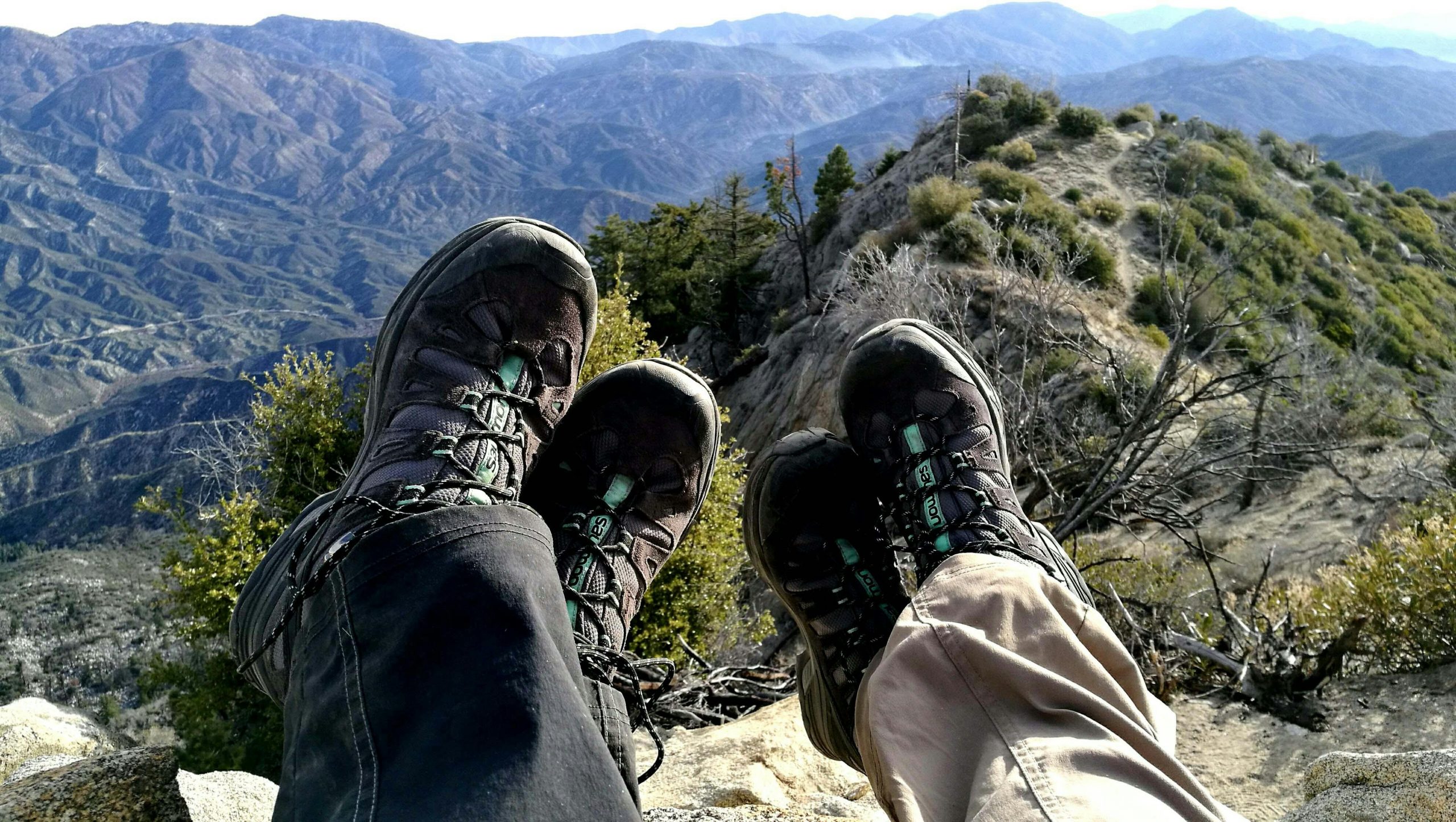Navigating the Wilderness with Safety and Enjoyment in Mind

- Thorough trip planning and packing essentials ensure safety and enjoyment during wilderness adventures.
- Staying on designated trails preserves personal safety and minimizes environmental impact on natural landscapes.
- Practicing Leave No Trace principles supports sustainable interactions with the wilderness for current and future generations.
- Being prepared for emergencies with essential skills and communication devices can be life-saving in remote areas.
- Consider taking a wilderness first aid course to enhance safety while exploring the great outdoors.
For outdoor enthusiasts, exploring the wilderness can be an exhilarating experience. Whether hiking through dense forests, climbing rugged mountains, or paddling down winding rivers, there’s something exceptional about immersing yourself in nature. However, it’s important to remember that the wilderness can be unpredictable and potentially dangerous.
This blog post will discuss some critical tips for navigating the wilderness with safety and enjoyment in mind.
Plan Ahead

Before setting out on any outdoor adventure, it’s essential to thoroughly plan your trip. Research the area you’ll be exploring, familiarize yourself with the terrain, and check the weather forecast. Make sure to let someone know your itinerary and expected return time in case of an emergency.
Pack Appropriately
Additionally, it’s crucial to pack appropriately for your adventure. Ensure you have a detailed map, compass, or GPS device and know how to use them. Bring enough food and water for your trip, plus a little extra in case of unexpected delays. Dress in layers to adapt easily to changing weather conditions, and wear sturdy footwear suited for the terrain.
Safety Equipment
Remember to bring essential safety gear like a first-aid kit, flashlight, matches, or a lighter and a whistle for emergency signaling. Proper planning and preparation can significantly reduce the risks associated with wilderness adventures.
Pack Essentials
When venturing into the wilderness, it’s crucial to pack all the necessary gear and supplies. This includes items such as a compass and map, plenty of water, snacks, a first aid kit, a multi-tool, extra clothing layers, a headlamp or flashlight, and a whistle for signaling for help.
Hunting Essentials
If you’re planning on hunting during your wilderness adventure, it’s crucial to pack all the necessary hunting gear and follow proper safety measures. This includes a valid hunting license, firearm or bow, ammunition or arrows, a blaze orange vest and hat, and always following firearm safety rules. If you’re going hunting using a bow, you should consider bringing a set of reliable hunting arrows for the trip. Remember to always practice safe and ethical hunting practices.
Stay on Designated Trails

While it may be tempting to wander off the beaten path and explore uncharted territory, staying on designated trails is crucial whenever possible. Venturing off-trail can increase your risk of getting lost or encountering hazardous conditions.
Personal and Environmental Safety
Staying on designated trails helps ensure your safety and protects the natural environment from potential damage. Off-trail wandering can lead to soil erosion, trample sensitive vegetation, and disrupt wildlife habitats. Trails are carefully designed to guide visitors through the safest and most sustainable paths in natural areas, offering scenic views while minimizing the human impact on the ecosystem.
Practice Leave No Trace Principles
As outdoor enthusiasts, you are responsible for minimizing your environmental impact. Follow Leave No Trace principles by staying on trails to protect vegetation, packing out all trash, respecting wildlife by observing from a distance, and minimizing campfire impacts.
Foster a Sustainable Relationship
Practicing the Leave No Trace principle extends beyond picking up trash and staying on trails; it’s about fostering a sustainable relationship with the natural world. For example, choose sites at least 200 feet from lakes and streams to protect riparian areas when camping. Be mindful of fire regulations in the area and use a camp stove for cooking when possible to minimize fire impact. If a fire is necessary, use established fire rings and keep fires small.
Extinguish Fires Completely
Always ensure that fires are completely extinguished before leaving. Be considerate of other visitors by maintaining a respectful noise level and controlling pets. By adhering to these principles, you help preserve outdoor spaces’ natural beauty and integrity for future generations.
Be Prepared for Emergencies
Despite careful planning and preparation, emergencies can still happen in the wilderness. It’s essential to know basic first aid skills and have a plan for dealing with injuries or other unexpected situations. Consider taking a wilderness first aid course to learn how to respond effectively in remote settings.
Essential Communication Devices
In addition to first aid skills, carrying essential communication devices can be a lifesaver during emergencies. Always bring a fully charged cell phone and a portable or solar charger. However, cell service can be unreliable in remote areas, so consider investing in a satellite phone or a personal locator beacon (PLB) for deep wilderness expeditions. These devices can send signals to rescue teams, providing your exact location for a faster response.
Navigating the wilderness can be an incredibly rewarding experience for outdoor enthusiasts. But it’s essential to prioritize safety at all times. By following these tips for planning, packing essentials, staying on designated trails, practicing Leave No Trace principles, and being prepared for emergencies, you can ensure your adventures are safe and enjoyable. Remember to always respect nature and leave no trace behind so that future generations can continue to enjoy these beautiful landscapes as well.
